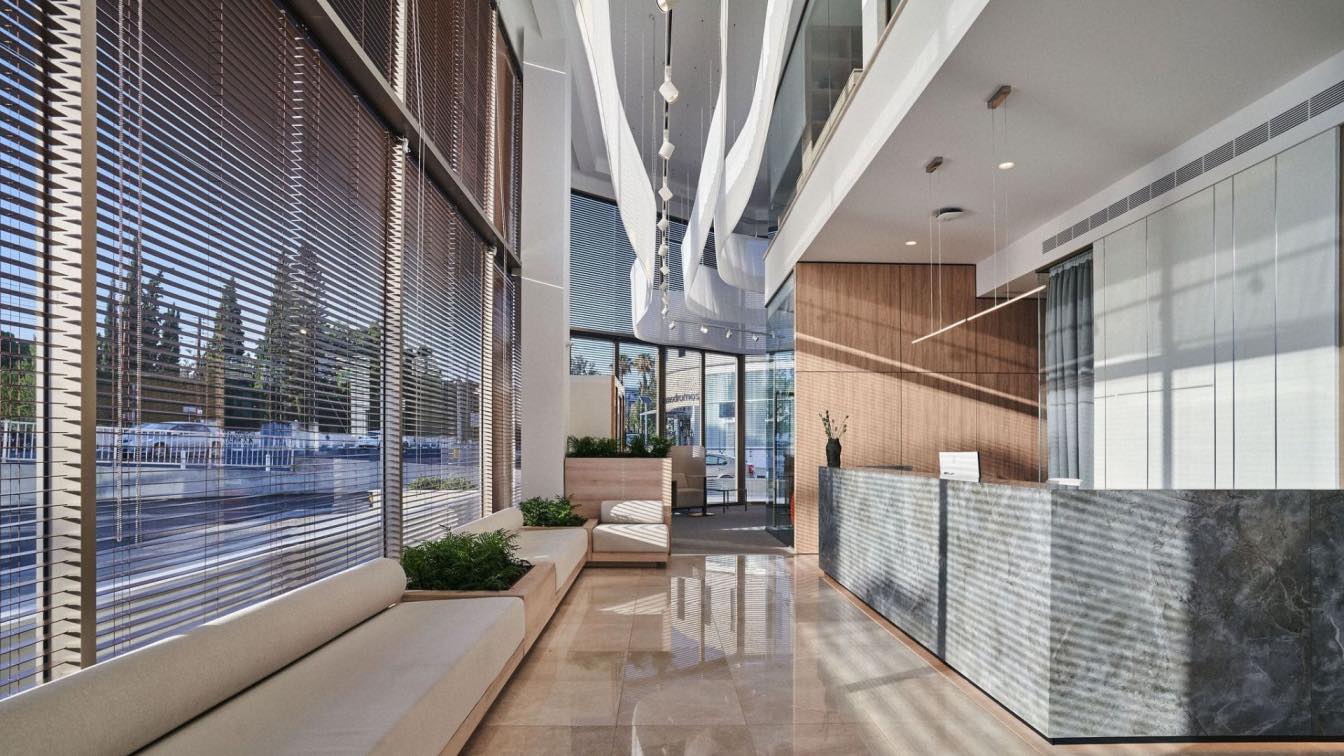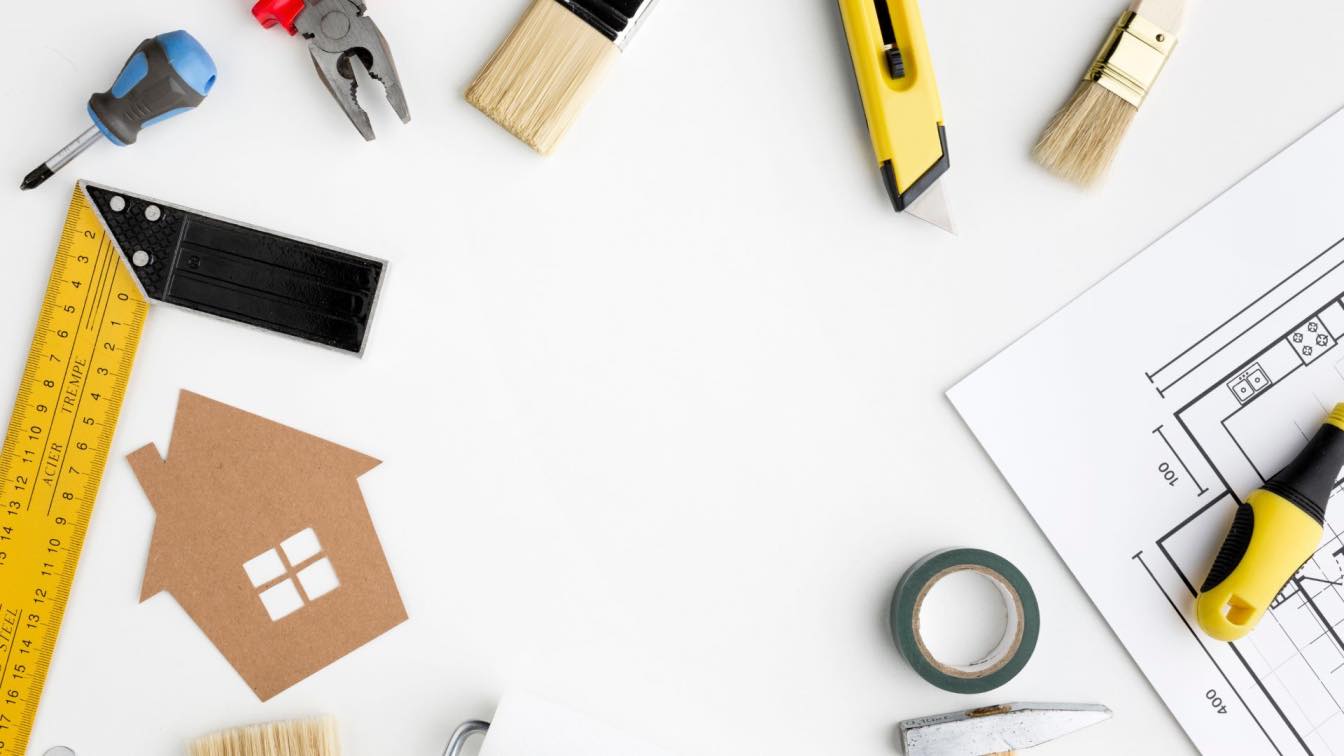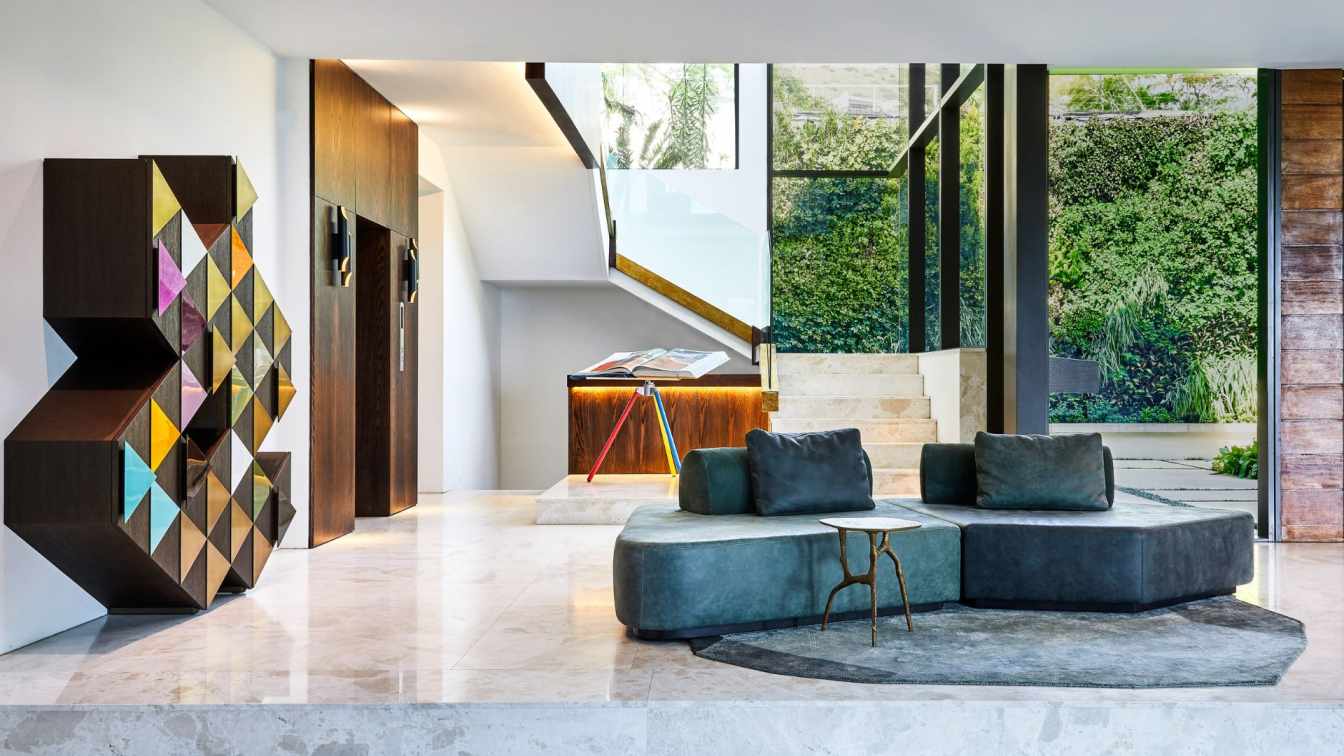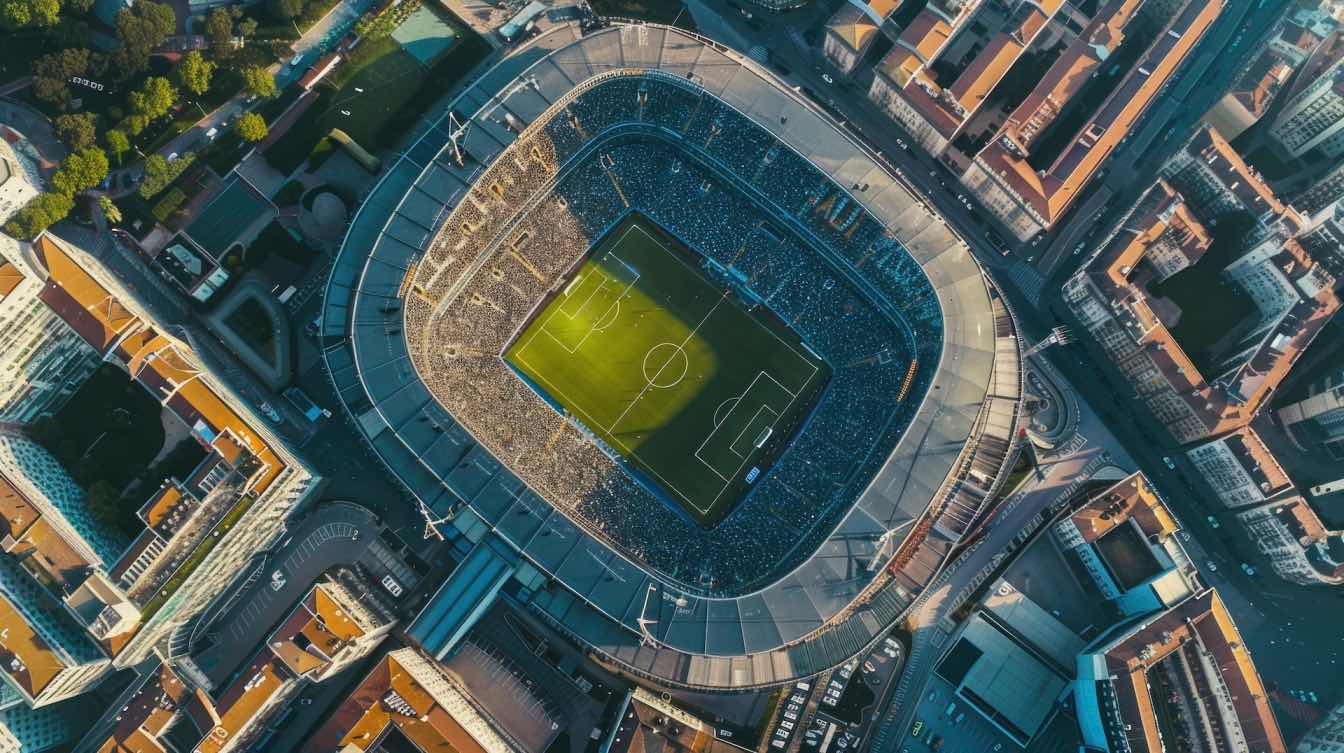Companies are gradually bringing employees back to offices. For employers, it's time to focus on the future of the workplace, which includes flexible work options and increased attention to employee well-being and engagement. The more successful and motivated the team, the more successful the business. So, what are the trends in office design aimed at employee well-being?
Flexible Workspaces for Hybrid Workgroups
With the rise of remote work, offices are becoming hubs for collaboration and creativity. A flexible workspace design with a focus on adaptive layouts and furniture is a must-have. It allows the space to transform as needed, fostering collaboration in the process.
Biophilic Design
Humans have an innate biological connection to nature, so bringing the external environment indoors helps employees feel closer to nature without having to leave the office. Natural elements such as plants, natural light, and even water features in office spaces not only enhance aesthetics but also promote employee well-being, reduce stress, and increase productivity.
Sustainable Practices
Energy-efficient lighting, eco-friendly furniture and materials, green technologies, indoor plants, waste reduction, and encouraging employees to adopt sustainable practices significantly reduce the impact on the environment. Additionally, an ecological approach to office design makes it unique and stylish, something that's seen in a lot of modern Australian workspaces, with Perth serviced offices leading the charge. More and more offices are receiving certifications for 'green' construction, and this trend will only continue to grow.
Health-Centric Space
Safety Takes Priority. Incorporating exclusively ergonomic furniture, dedicated relaxation areas, and implementing indoor air quality improvement technologies in office design contribute to better health, satisfaction, and team productivity. Following the pandemic, health and safety measures have become paramount. Offices are adopting touchless technologies and sanitary stations to ensure the well-being of all 'residents.' Ensuring the safety of employees in war-torn Ukraine includes having a bomb shelter nearby the office.
Integration of Technology into the Workplace
Smart offices leverage IoT devices, artificial intelligence-based automation, and interactive digital solutions to enhance work efficiency and team communication, optimizing employee productivity in the process.
Art and Aesthetics
Design studios use art as a tool to enhance the office atmosphere, ranging from murals and custom sculptures to contemporary installations. Designers consider the psychology of color to choose a palette that encourages concentration, creativity, or relaxation, depending on the purpose of the space.
Personalization and Employee Involvement
Employers are increasingly involving employees in the design process, encouraging them to personalize their workspace. This trend enhances employees' sense of belonging and comfort, contributing to job satisfaction and a desire to work for a company that values each employee's input regarding the design of their workspace.
Companies that prioritize bringing their teams back to the offices and aim to retain their top talent need to be forward-thinking and recognize that providing optimal working conditions is not a luxury but a strategic necessity to promote well-being, enhance efficiency, and achieve organizational success.
By Alesia Karnaukhova, CEO ZIKZAK Architects








